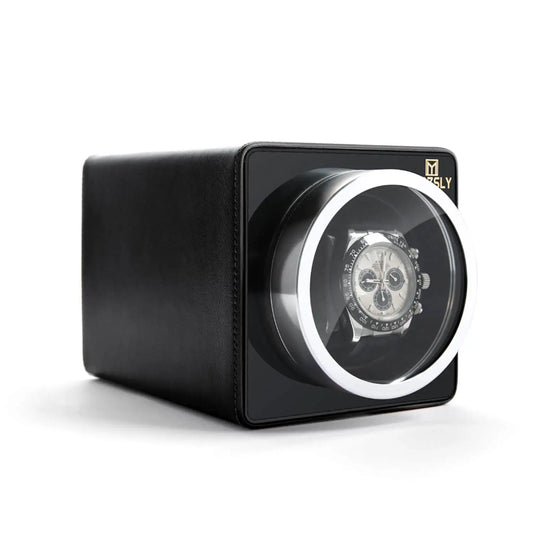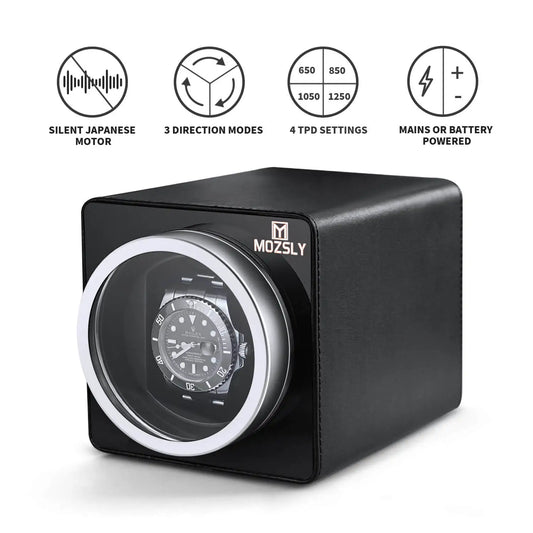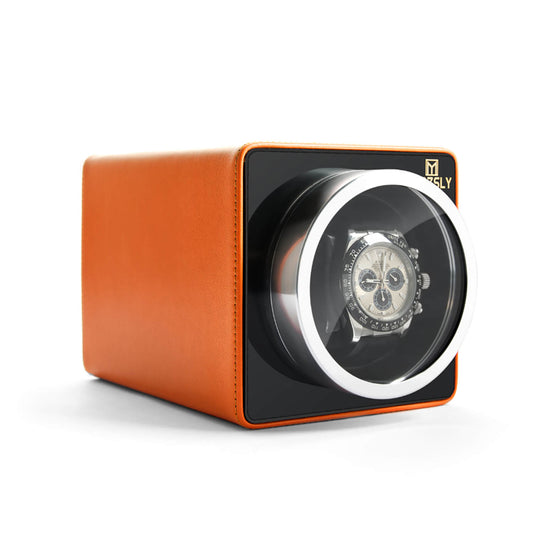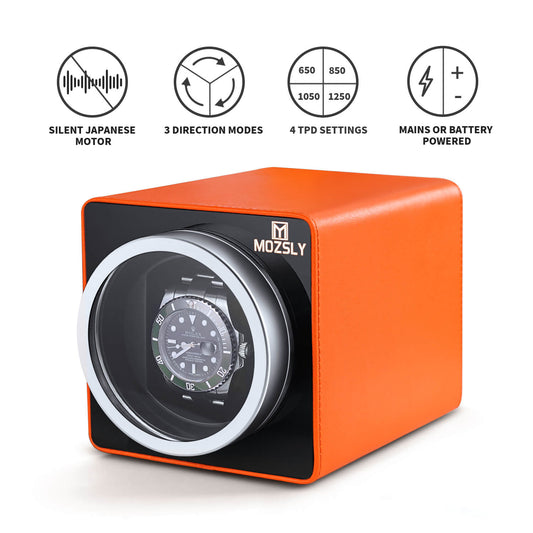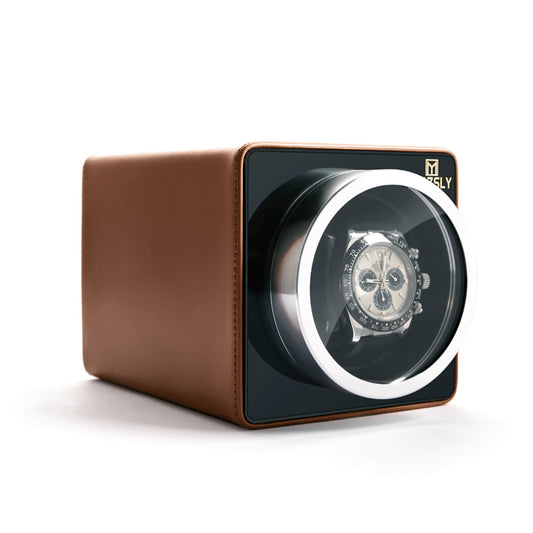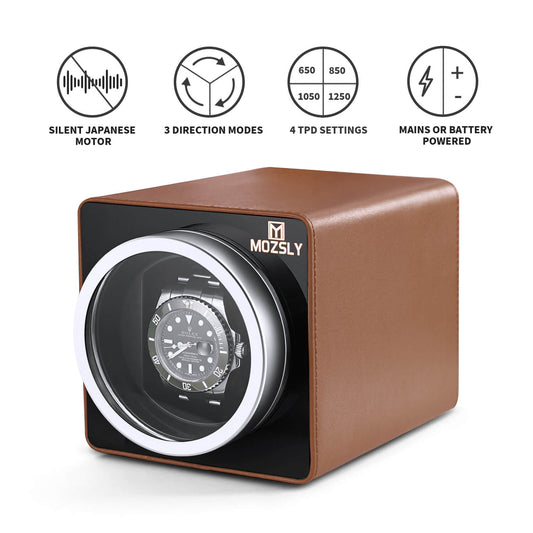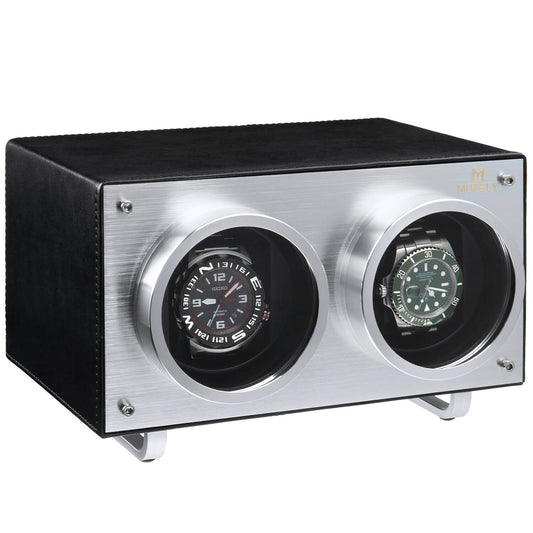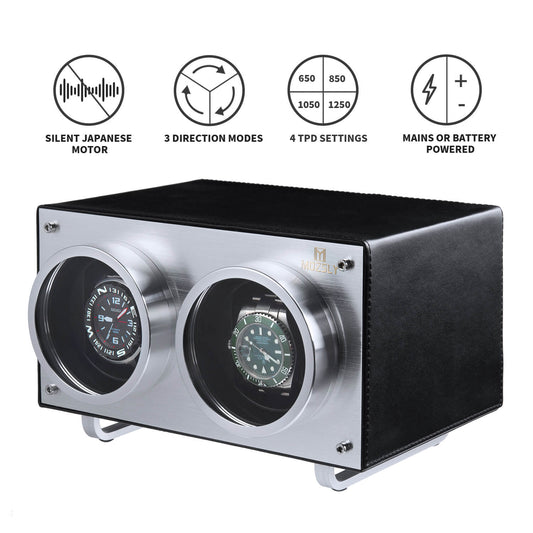How To Tell If A Mechanical Watch Is Fully Wound?
How To Tell If A Mechanical Watch Is Fully Wound?
Friends who like mechanical watches know that mechanical watches will have travel time errors. This error factor comes from the inside and outside of the mechanical watch. Internal factors are beyond our control, while external factors require our attention during use. Among them, if you want to reduce travel time error, it is to ensure that the mechanical watch has sufficient power. Therefore, the manual winding is an essential step. Today, let’s learn about the manual winding of mechanical watches!
There are many kinds of mechanical watches. Many times, friends who are not familiar with the structure of mechanical watch movements do not know where to start to judge whether a mechanical watch is fully wound. So we have to first understand the winding principles of manual mechanical watches and automatic mechanical watches. Manual mechanical watches can only be wound by hand, and the crown head drives the gear set to wind up the mainspring to achieve the purpose of storing power. The automatic mechanical watch adds an automatic winding device on the basis of the manual mechanical watch. When the oscillating weight swings with the arm, it can also supplement the power to the mainspring.
In addition, the automatic mechanical watch also has a slippage mechanism, the purpose is to prevent the automatic winding device from being overwound, causing damage or breakage of the mainspring, and protecting the function of the movement.damages or breaks the mainspring and protects the movement.Mechanical watches usually take 20 to 30 turns to be completely wound. With most manual-wind watches, however, it's relatively simple to tell when you've wound enough. Just start winding, and when you start to feel resistance to the crown, that's the signal for you to stop.

From the above, we can know that whether it is a manual or an automatic mechanical watch, it can be manually plucked to supplement the power. At this point, many friends will have questions, automatic mechanical watches can obtain power supplementation through the automatic winding device, and why do they need to be manually wound? For example, many friends have multiple watches to wear in rotation, and they may leave the watch for a period of time before picking it up and wearing it (generally, a fully mechanical watch can last for 3 to 4 days).
In addition, the activity of wearing the watch is not enough. For example, office work is in front of the computer almost all day, and the arm is rarely moved. Even if it is worn for 8 hours, it is not enough to replenish the power of the clockwork.
How to wind a mechanical watch?
In fact, the method of winding is not difficult. Manual mechanical watches generally wind the clockwork in the watch by turning the crown, and the clockwork system releases kinetic energy to drive the watch to run. These steps are done through mechanical principles and structures. Winding process of a mechanical watch in this case, pull out the handle and turn the handle clockwise to wind the watch. It is greatest when not turning. It is usually best to find the mechanical watch at a fixed time every day, and the winding action should not be too violent. Excessive force can cause unnecessary damage to the watch. Generally, a manual winding mechanical watch rotates the crown clockwise about 25 to 30 revolutions, but this is not absolute.
This standard does not apply to automatic mechanical watches. We all know that mechanical watches can be wound continuously because they have a slippery device to release excess power. Therefore, we can only wind 30~40 times according to the standard of general mechanical watches. Even if it is not enough, the power provided by the automatic winding device for daily wear is sufficient. Therefore, the best time for manual winding of automatic machines is to get up in the morning.In addition, the automatic gear that drives the mainspring to be wound up is very small and fragile, so it is not recommended that the winding operation is unnecessary. At the same time, we can also judge whether the movement is faulty according to the winding effect. The deviation is still very large, and it can be preliminarily speculated that the mainspring is decoupled or broken. However, it is necessary to carry out a professional inspection of the cover under specific circumstances.
It is best not to use manual winding frequently for automated mechanical watches, because this will cause the steering wheel in the movement to run at a high speed, which will cause certain damage to the watch. Therefore, I suggest you to use a Mozsly automatic watch winder. Put it in the watch winder when you take off the watch, so that you can guarantee enough kinetic energy reserve no matter when you wear it.But it is not absolute, so it depends on what movement the watch uses.
The above is some little knowledge about the winding of mechanical watches, but in order to make the mechanical watch last longer, more attention should be paid to developing good habits. For example, avoid a collision, regular maintenance, waterproof and sweatproof, etc.



